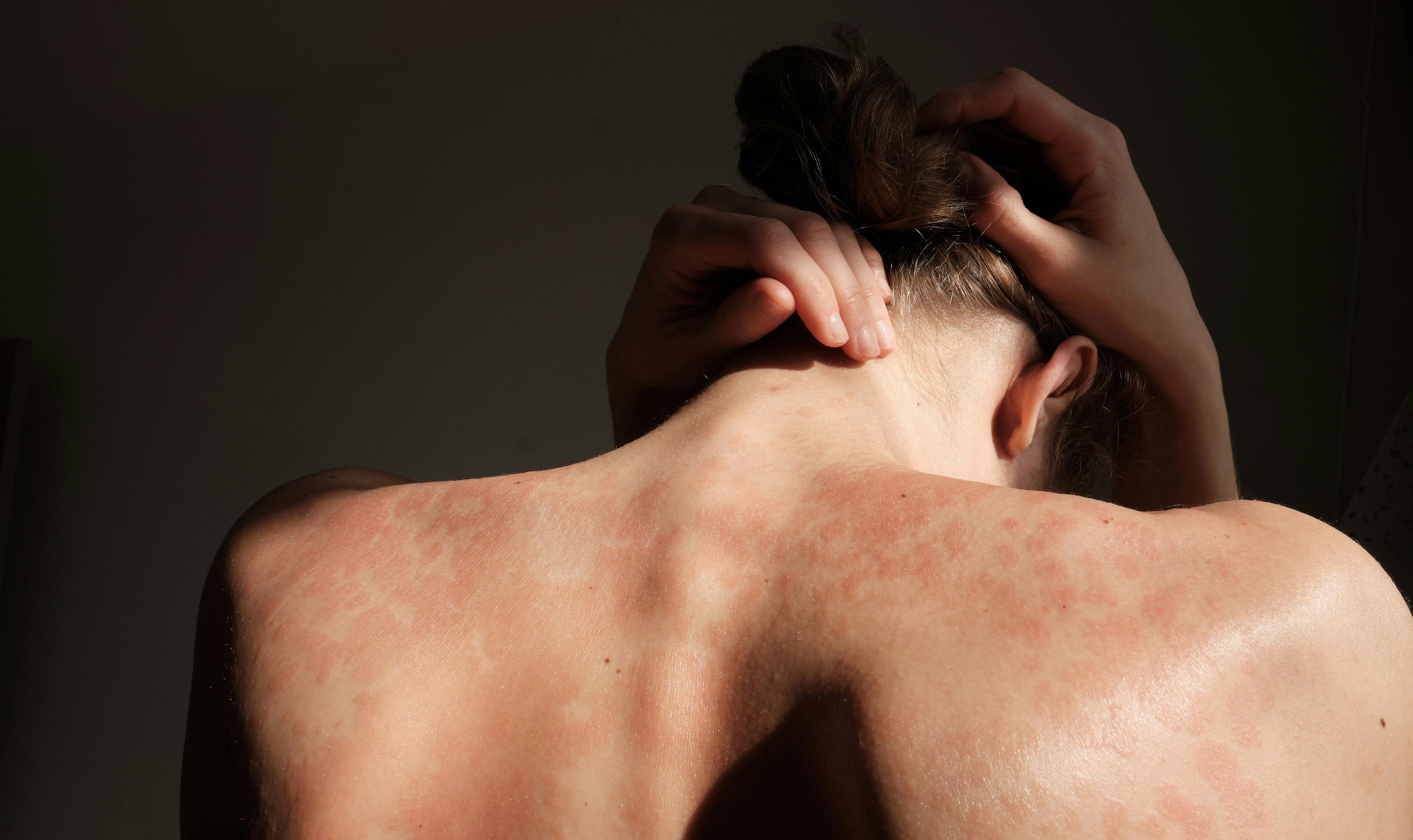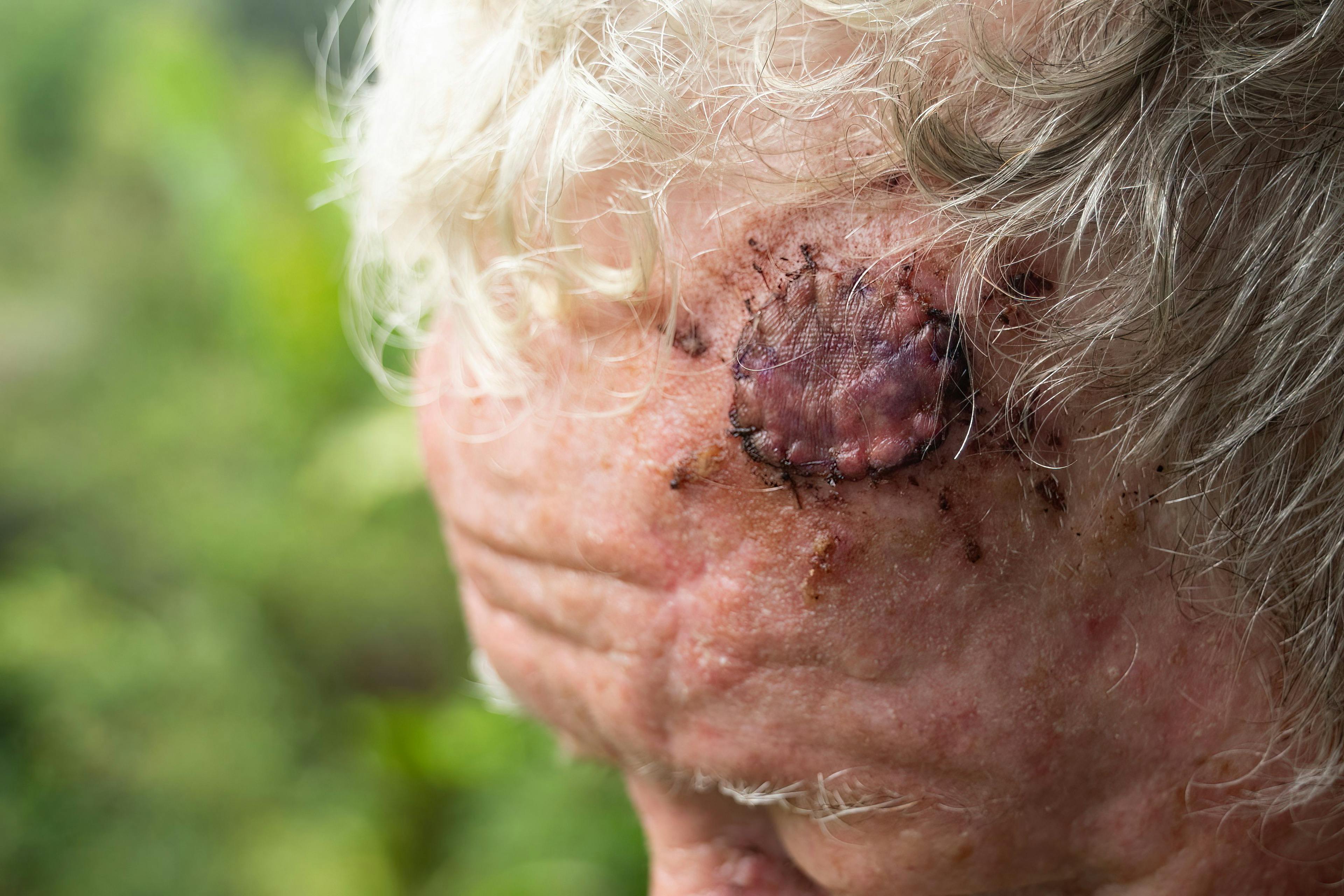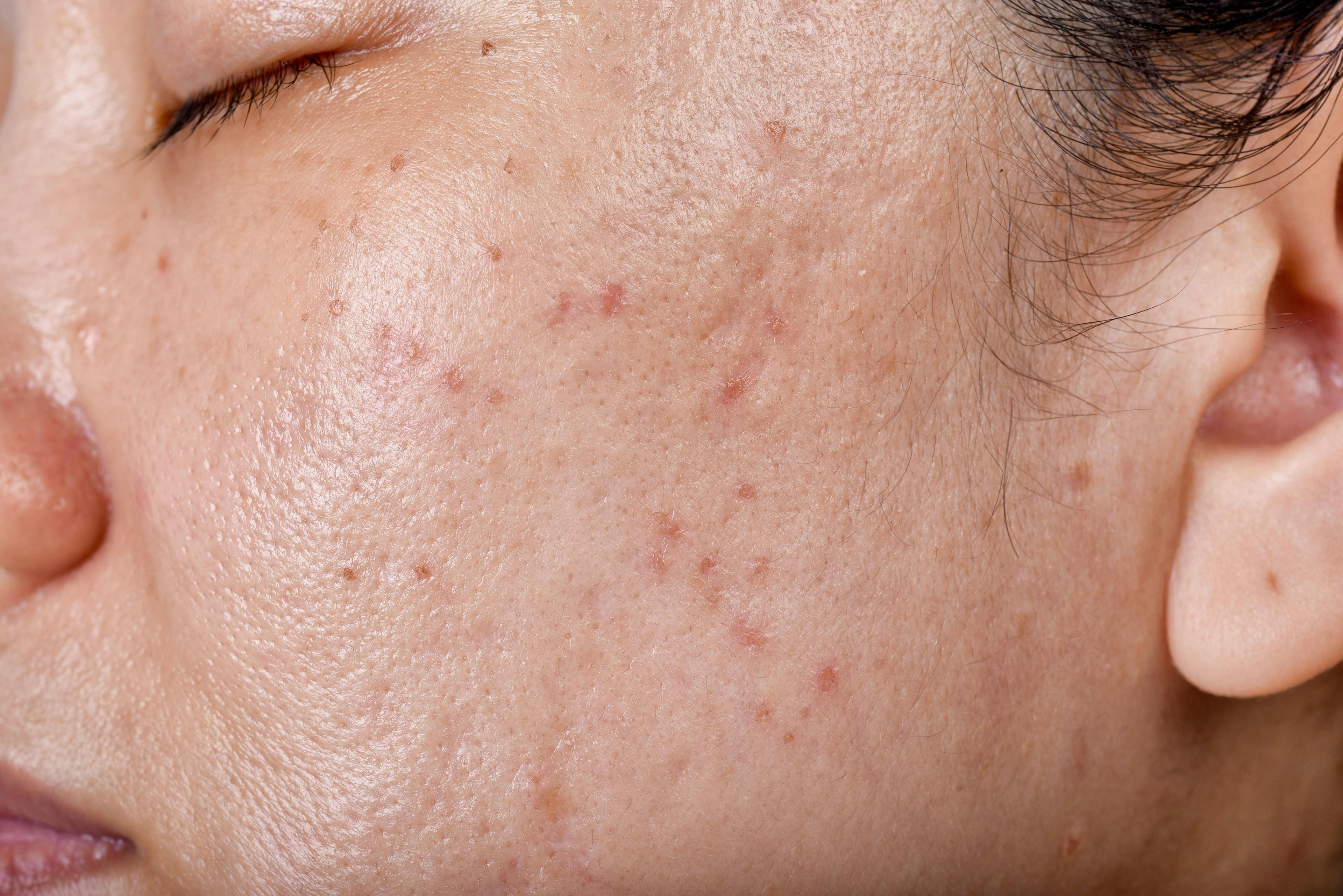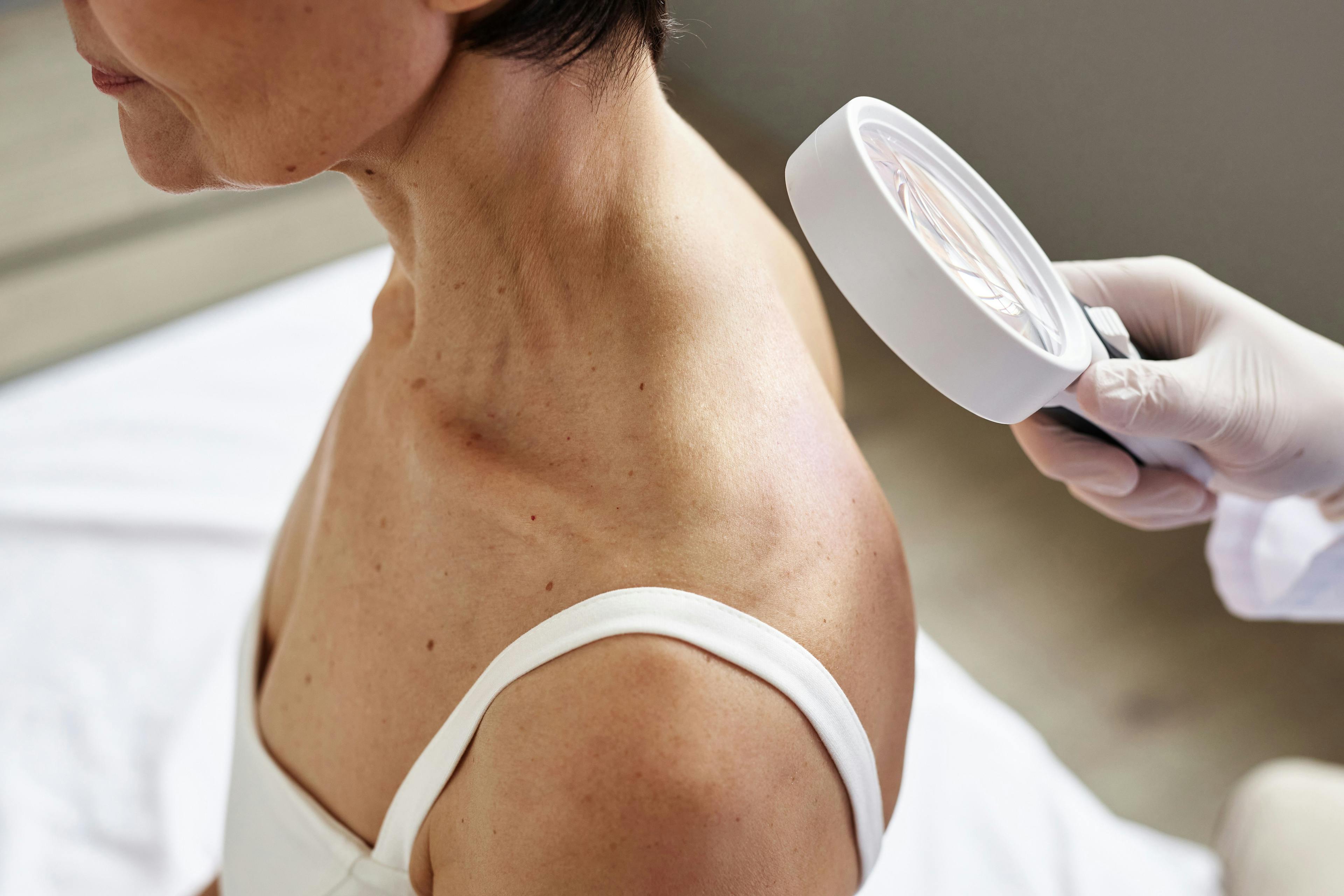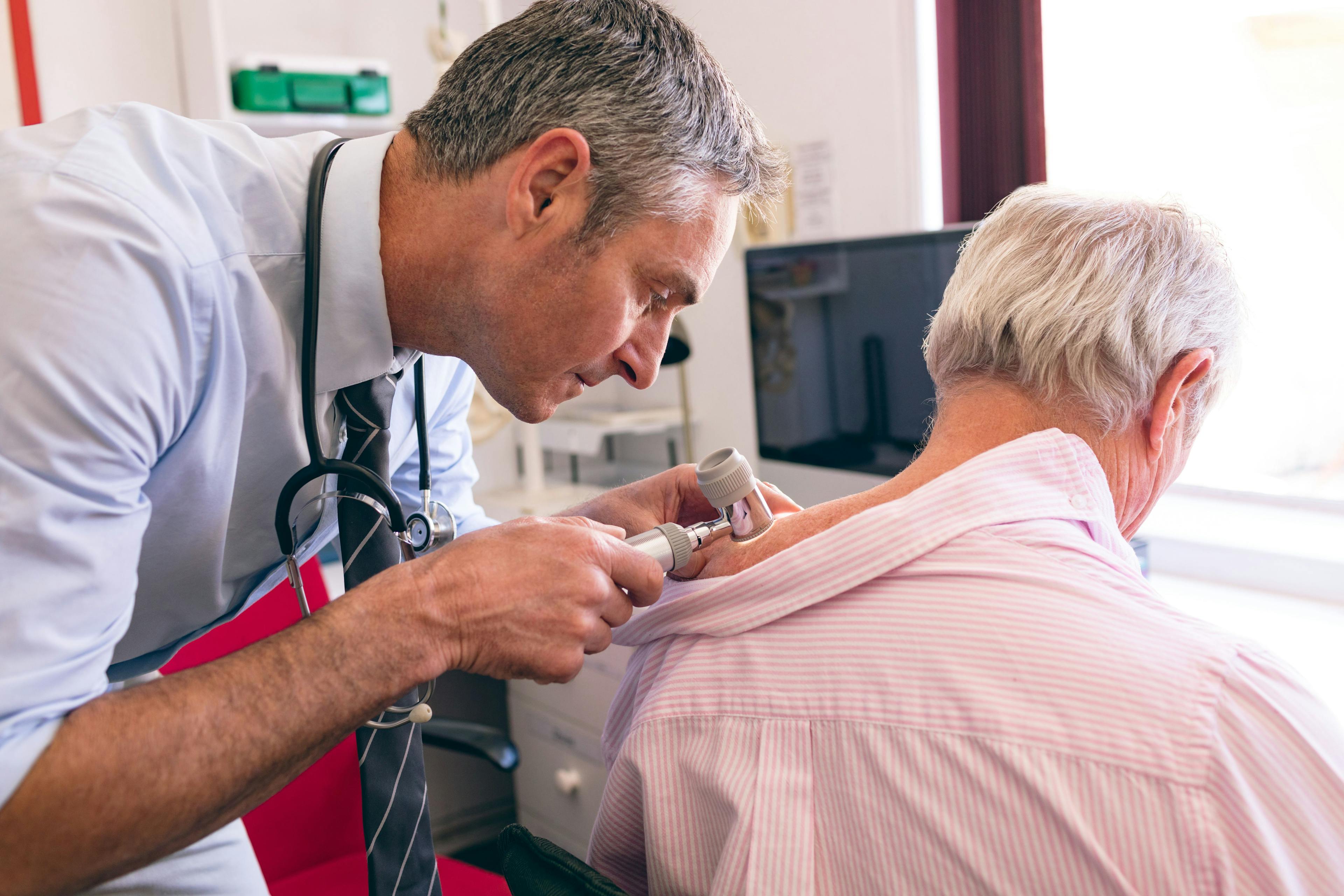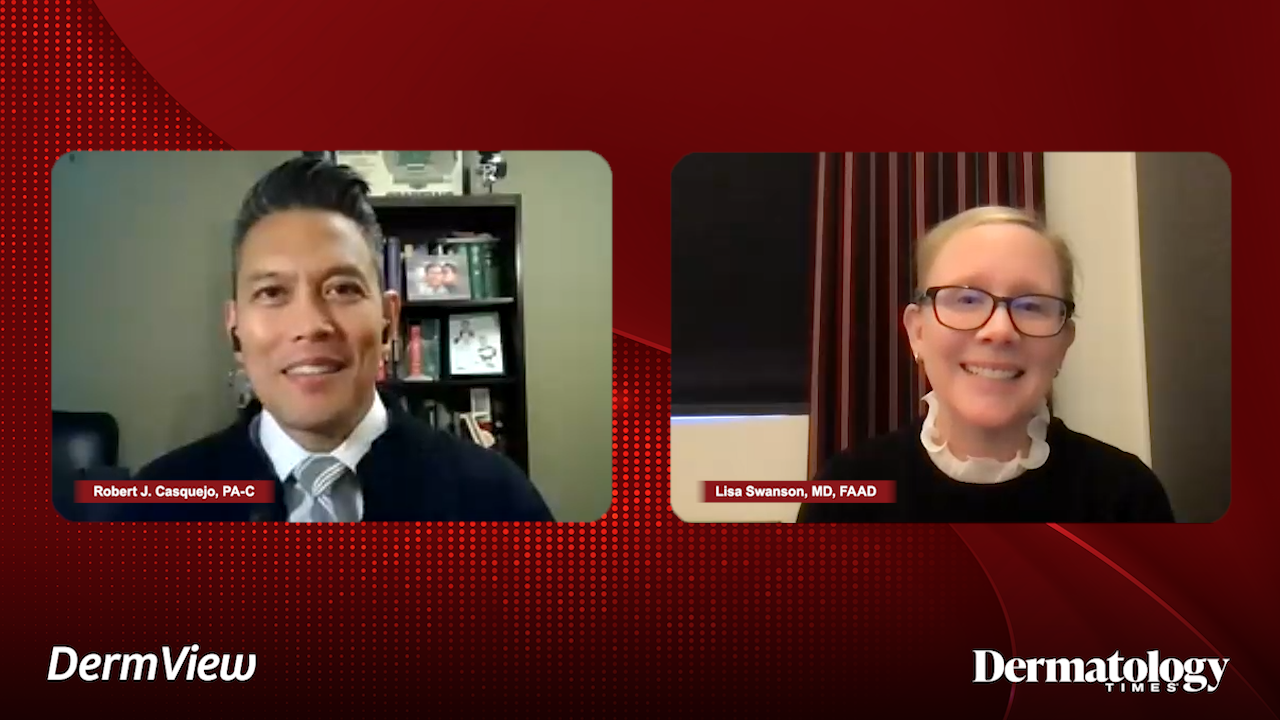- Acne
- Actinic Keratosis
- Aesthetics
- Alopecia
- Atopic Dermatitis
- Buy-and-Bill
- COVID-19
- Case-Based Roundtable
- Chronic Hand Eczema
- Chronic Spontaneous Urticaria
- Drug Watch
- Eczema
- General Dermatology
- Hidradenitis Suppurativa
- Melasma
- NP and PA
- Pediatric Dermatology
- Pigmentary Disorders
- Practice Management
- Precision Medicine and Biologics
- Prurigo Nodularis
- Psoriasis
- Psoriatic Arthritis
- Rare Disease
- Rosacea
- Skin Cancer
- Vitiligo
- Wound Care
News
Article
Dermatology Times
Discovering Dermatology Times: January 2024
Author(s):
Learn more about the in-depth topics covered in the January 2024 print issue of Dermatology Times.
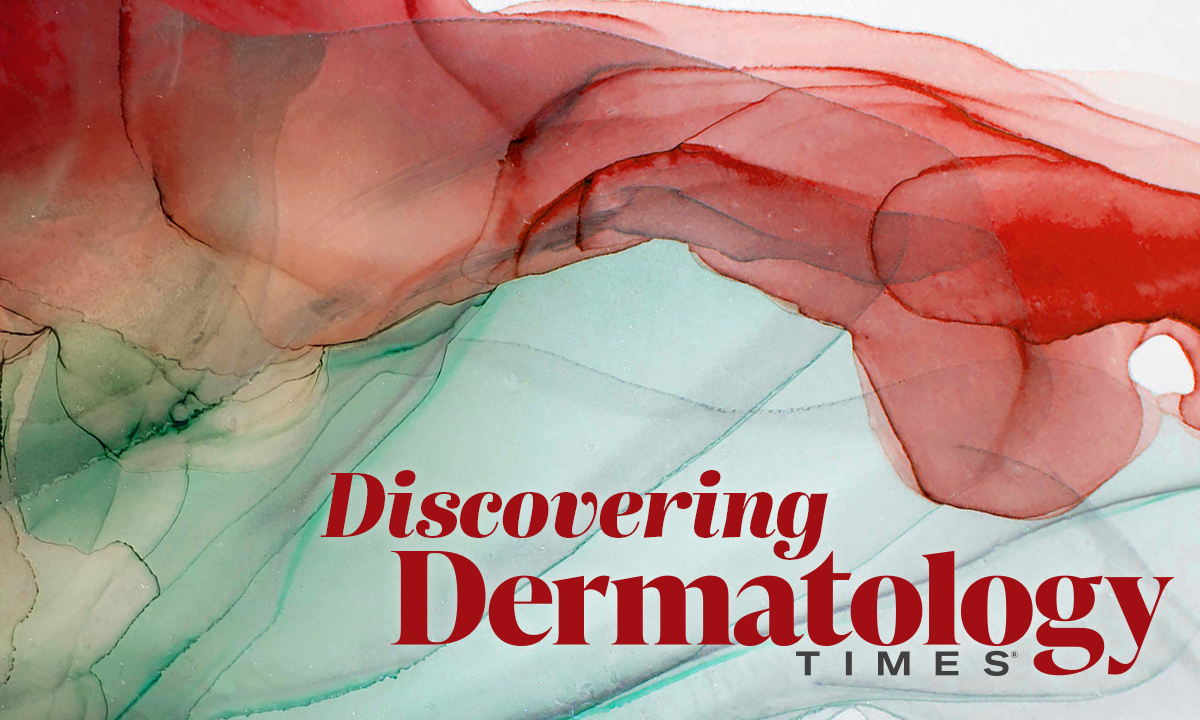
The January issue of Dermatology Times includes a collection of thought-provoking articles and topics ranging from psoriasis therapies in 2024 and beyond to harnessing the potential of placental allografts. Be sure to take a look at the highlights from the issue below. Also, don’t miss a moment of Dermatology Times by signing up for our eNewsletters and subscribing to receive the free print issue and supplements each month.
Psoriasis Therapies in 2024 and Beyond
Decades ago, psoriasis was still primarily considered a problem with hyperproliferation of the epidermis. Given the antiquated understanding of this disease pathophysiology, traditional oral immunosuppressive agents were used for moderate to severe presentations. Recent research into the pathophysiology of psoriasis has highlighted the importance of the immune-mediated nature of this very common inflammatory skin disease. There now exists a clear mechanism down to the molecular level regarding which cytokines are implicated in the pathophysiology of psoriatic disease. When considering these different molecular signaling pathways, IL-23–mediated activation of the Th17 pathway is hypothesized to be the main contributor to the inflammation seen in psoriasis.
Silver Linings With the Silverbergs: Showcasing Vitiligo and Atopic Dermatitis Research
Nanette Silverberg, MD, chief of pediatric dermatology at Mount Sinai Health System in New York, New York, and Jonathan Silverberg, MD, PhD, MPH, associate professor of dermatology and director of clinical research and contact dermatitis at the George Washington University School of Medicine and Health Sciences in Washington, DC, joined forces to host the virtual Revolutionizing Vitiligo and Revolutionizing Atopic Dermatitis Conferences online in December. Innovative practice pearls for both vitiligo and atopic dermatitis (AD) treatment were shared with nearly 200 clinicians to put into practice. Here are a few highlights.
Tailoring AD Management Advice to Lifestyles and Hobbies
In a recent Dermatology Times Case-Based Roundtable Meeting, Tina Bhutani, MD, MAS, associate professor of dermatology at the University of California, San Francisco, shared intriguing cases and insights about atopic dermatitis (AD) treatment strategies as part of the custom video series, “Unraveling Complex Cases: Real-World Case Discussion on the Management of Atopic Dermatitis.” This article provides an in-depth overview of 2 cases discussed during the roundtable, which shed light on the challenges faced by patients with different lifestyles and hobbies and the evolving landscape of treatments for this chronic skin condition.
Harnessing the Potential of Placental Allografts
Mohs micrographic surgery (MMS) offers a precise tissue-sparing technique for nonmelanoma skin cancers with a remarkably high cure rate of up to 99%, according to the American College of Mohs Surgery. MMS is recommended for skin cancers located on cosmetically sensitive areas, such as the head, face, neck, hands, feet, and genitalia. It is also recommended for cases where skin cancers have recurred after prior treatment. Surgical reconstruction for defects resulting from MMS includes primary closure, flaps, grafts, and healing by second intention. Reconstruction after MMS uses autologous tissue for local flaps and full-thickness skin grafts. Due to the cosmetically sensitive areas targeted in MMS, the healing process is very important to maintain an aesthetic outcome. In some cases, it can take up to a year for a surgical site to fully heal.
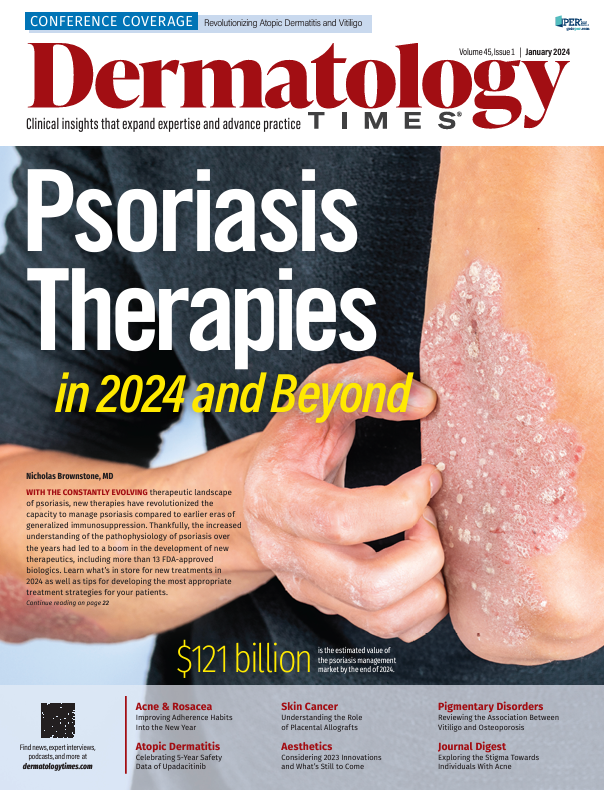
Newsletter
Like what you’re reading? Subscribe to Dermatology Times for weekly updates on therapies, innovations, and real-world practice tips.






